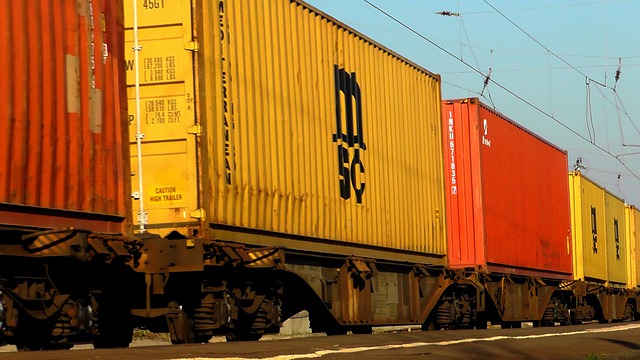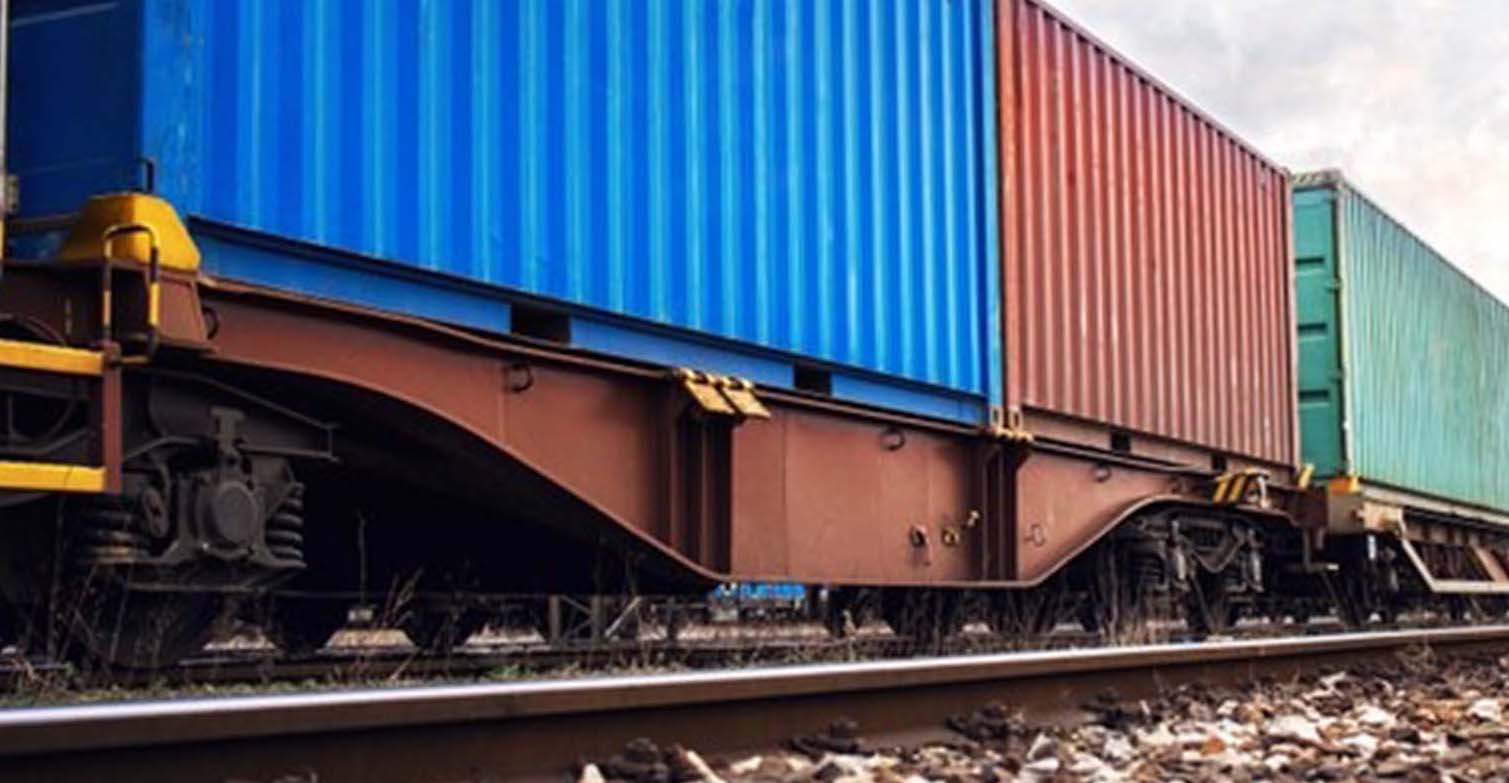


Can Shippers & Carriers Both Win in Freight Procurement? Technology Says… Yes They Can!
Freight logistics knew one truth for decades: money was a game, and someone won while someone else lost. For years, freight brokers have strategized to make the biggest amount of money they could, generally at the expense of one of the other players. The market would decide who had an advantage in each round, and that advantage was subject to change at the drop of a hat or, more accurately, at the occurrence of any disaster, legislation, or shift in the economic balance, big or small. But what if smart technology came along and advanced traditional freight procurement thinking, helping both the shipper and carrier win? Guess what…. smart technology has finally arrived! AI-Powered Freight Procurement Technology We know that technology benefits humanity by putting the world in the palms of our hands. We have the benefit of being connected, globally, to anything we want to purchase, anywhere we want to go, friends and family we want to talk to or discover, and anything we want to learn. When it comes to logistics, there is no difference. Technology instantly connects freight to compliant carriers whenever and wherever needed, so both the shipper and carrier come out on top. Technology does us the favor of removing waste. When freight brokers serve as the moderator of the game, it takes shippers hours to find, vet, and transact with new carriers. AI-powered technology dynamically matches shippers’ loads to compliant carriers in seconds using configured attributes. Only carriers who pass the pre-qualification algorithms are given a chance to bid directly on a load. With the middleman eliminated, the carrier makes more money in their...
Port of Oakland Strike, What’s Next?
On November 2nd, the flow of goods was halted for several hours as hundreds of International Longshore and Warehouse Union workers walked off the job at the Port of Oakland due to stalled contract negotiations which demanded better pay and benefits. By 6 PM, dock workers returned to the ports and operations resumed. Unfortunately, this serves as yet another stark reminder that logistics is unpredictable– especially when the front line is unhappy. Dock & Warehouse Worker Threats wsws.org reported that 83% of Port of Oakland clerks (200 out of 240) have outstanding wage claims dating back to June. Arbitration isn’t possible right now because there is no signed union agreement. 22,000 West Coast longshoremen are working without a signed contract. It’s surprising that union officials have been successful in suppressing US-based strikes, dodging a major bullet on September 16th when 200 Canadian dock and warehouse workers went on strike shutting down ports in Vancouver, British Columbia. Had US workers joined the strike, all West Coast ports from Canada to Mexico would have been shut down. Fast forward to late October, when 800 Port of Mobile Longshoremen decided not to strike with promises of returning to the bargaining table. Unfortunately, West Coast issues are not isolated. Wages, benefits, job security, and safety are global issues for dock workers who have protested in Germany, South Africa, England, Canada, and Australia. Independent Truck Driver Threat In addition to longshoremen's instability, we also need to keep in mind independent truck drivers. If you recall, independent truck drivers demonstrated at LA and Oakland ports in mid-July because they opposed the AB5 legislation (reclassifying drivers as...
Should Contracted Carriers Now Be in The Hot Seat?
Heading into the end of the year usually means an uptick in carrier demand as the fourth quarter is generally the busiest time of year for most shippers. But this year, we are seeing a different picture caused by inflation and stockpiling of goods. Stockpiling & Inflation To be proactive, many merchants overstocked goods early to avoid the supply chain issues from a year ago. As we all know, last year, supply chain disruptions resulted in empty shelves, and Holiday demand that could not be fulfilled in time for Christmas morning. Retailers, manufacturers, and distributors opted to ship and hold Holiday inventory much earlier this year. So instead of huge Holiday shipments hitting the ports all at once, shipments staggered in. But that’s not the only factor. As inflation continues to make waves, analysts have agreed that consumers will purchase fewer gifts in 2022. In fact, they are predicting 9 gifts compared to 16 gifts from last year. Lower inventory that needs to be imported, combined with lower customer spending creates the perfect storm for a fourth-quarter plunge in freight capacity demand. Contracted Carrier Pricing The fourth quarter is typically the busiest time of year for shippers because of all the holiday traffic. Usually, brokers and the spot market make out like bandits this time of year, as carrier demand outweighs carrier supply. But with fewer shipments, many shippers are relying on contracted carriers to move goods. So, the key question for ALL shippers should be… “Are my contracted rates this Holiday season, aligned with true market cost”? As spot rates continue to decline, and shippers rely more on contracted...
How a Rail Strike Impacts Trucking
The threat of a rail strike has ramped up in recent weeks, even causing the United States government to start discussing contingency plans. Supply chain woes are nothing new to the trucking industry over the past few years, but this would put a heavy strain on over-the-road supply. Roughly 60,000 union members that are employed by the railroad are set to go on strike, and that includes conductors and engineers. The railroad system carries nearly 30 percent of the nation’s freight, and a strike by those conductors and engineers would quickly bring the system to a stop. Trucking Routes Would Become Imbalanced The rail industry doesn’t employ nearly as many people as it did decades ago, but railroads are still a vital part of the shipping industry in this country. Railroads move more than 324,000 containers per week. A railroad strike would have a direct impact on truckload capacity, causing it to be oversold and imbalanced. Trains are how goods get from ports to the distribution hubs. Trains are built to move massive quantities of things like grains, chemicals, and coal. One railroad car has the capacity of between 3-5 semi-trucks. A rail strike would produce an additional 200,000 tanker truckloads per week – just to move chemical products. Find Ways to Expand Trucking Capacity Now If trucks need to shore up the loss of rail shipping options, it would put even more strain on the ports – many of which are already bursting at the seams. The threat of a rail strike is real, and businesses that rely on shipping should be doing everything in their power to prepare...
